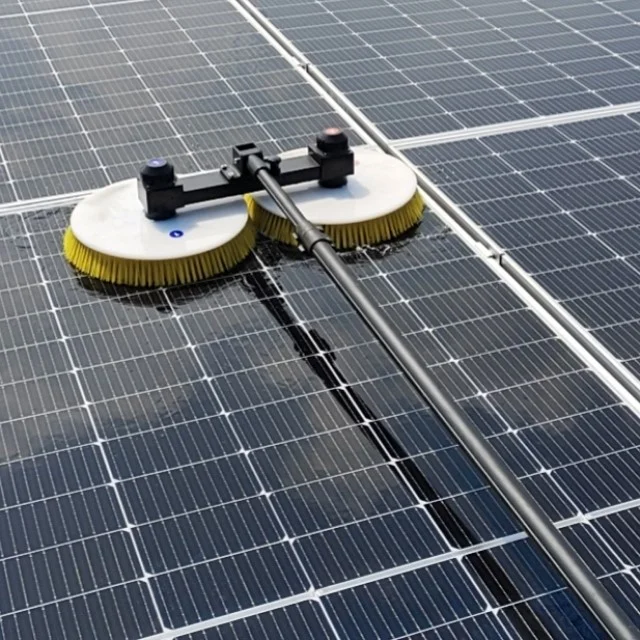Tesla, the renowned electric vehicle manufacturer, has revolutionized the automotive industry with its cutting-edge technology and sustainable approach. As potential buyers consider investing in a Tesla, one crucial question often arises: Do Tesla's depreciate quickly? In this article, we will delve into the factors that influence Tesla's depreciation and provide an in-depth analysis to help you make an informed decision.
- Initial Cost vs. Long-Term Value:
Tesla vehicles are known for their premium price tags, which can lead to concerns about depreciation. However, it is essential to consider the long-term value of a Tesla. Unlike traditional combustion engine vehicles, Teslas benefit from ongoing software updates, improved battery technology, and an expanding Supercharger network. These factors contribute to the long-term value of a Tesla, potentially offsetting any initial depreciation. - Battery Life and Degradation:
One significant factor influencing the depreciation of electric vehicles, including Teslas, is battery life and degradation. Tesla's advanced battery technology, such as the use of lithium-ion cells, ensures longevity and durability. Additionally, Tesla's battery management system actively monitors and optimizes battery performance, reducing the impact of degradation. As a result, Teslas tend to retain their battery capacity better than other electric vehicles, positively affecting their resale value. - Demand and Market Factors:
The demand for electric vehicles, including Teslas, has been steadily increasing in recent years. As more people embrace sustainable transportation, the market for electric vehicles continues to expand. This growing demand can help mitigate depreciation, as there is a larger pool of potential buyers for used Teslas. Furthermore, Tesla's brand reputation and continuous innovation contribute to maintaining strong resale values. - Model-Specific Considerations:
When evaluating Tesla's depreciation, it is crucial to consider specific models and their respective market dynamics. For instance, the Model S, being Tesla's flagship sedan, has established itself as a luxury electric vehicle with a strong resale value. On the other hand, newer models like the Model 3 and Model Y benefit from their affordability and mass-market appeal, potentially impacting their depreciation differently. Understanding these model-specific considerations can provide valuable insights into Tesla's depreciation trends. - Regional Factors and Incentives:
Depreciation rates can also vary based on regional factors and government incentives. In regions where electric vehicles are more popular and supported by favorable policies, such as tax credits and charging infrastructure, Teslas may experience lower depreciation rates. Conversely, in areas with limited electric vehicle adoption, depreciation rates may be slightly higher. Considering these regional factors can help gauge the potential depreciation of a Tesla in a specific location.
Conclusion:
Contrary to popular belief, Teslas do not depreciate quickly compared to traditional combustion engine vehicles. Factors such as the long-term value, battery life and degradation, demand and market dynamics, model-specific considerations, and regional factors all contribute to Tesla's depreciation patterns. Understanding these factors can help potential buyers make informed decisions and recognize the value proposition offered by Tesla's innovative electric vehicles.




